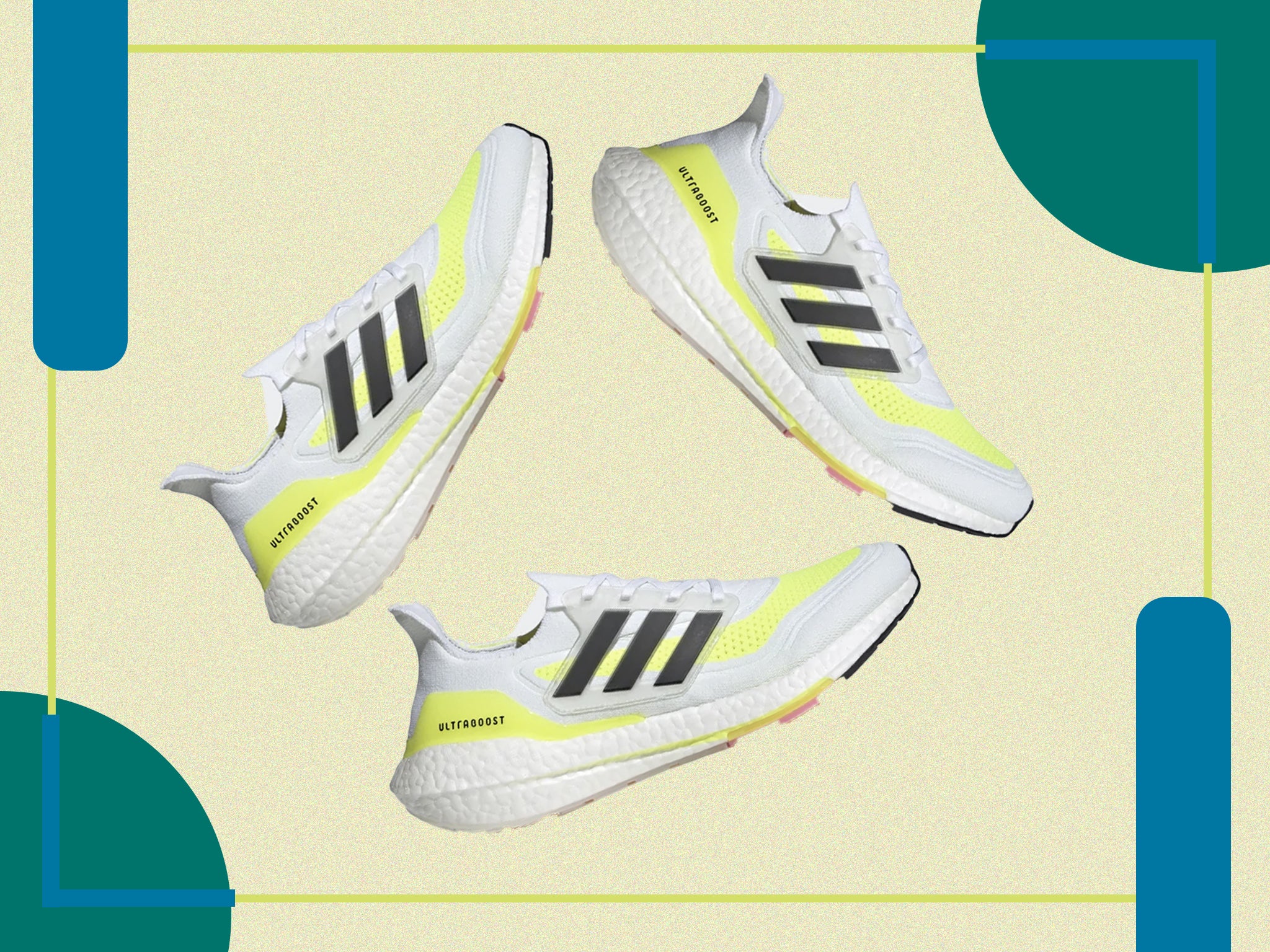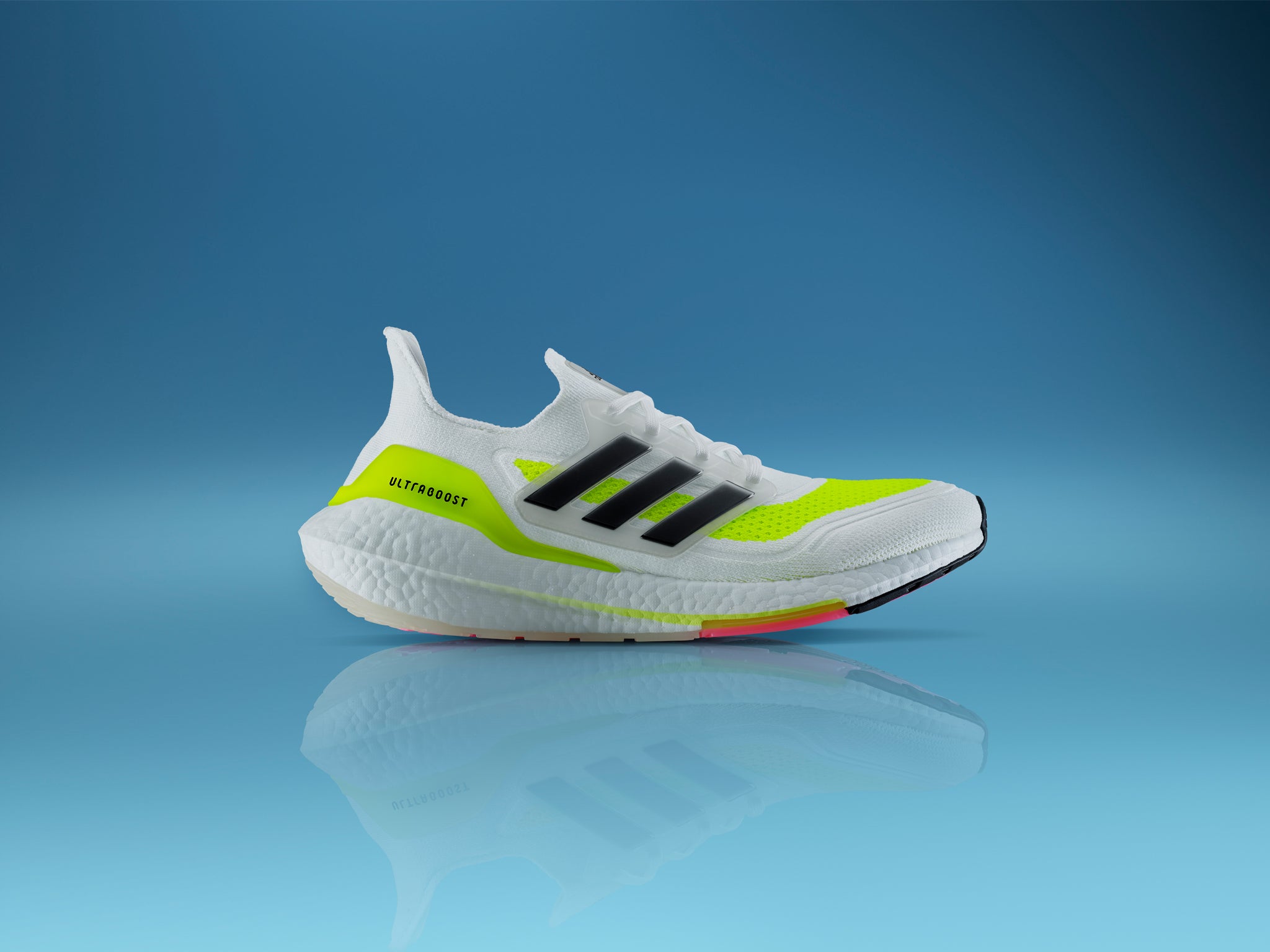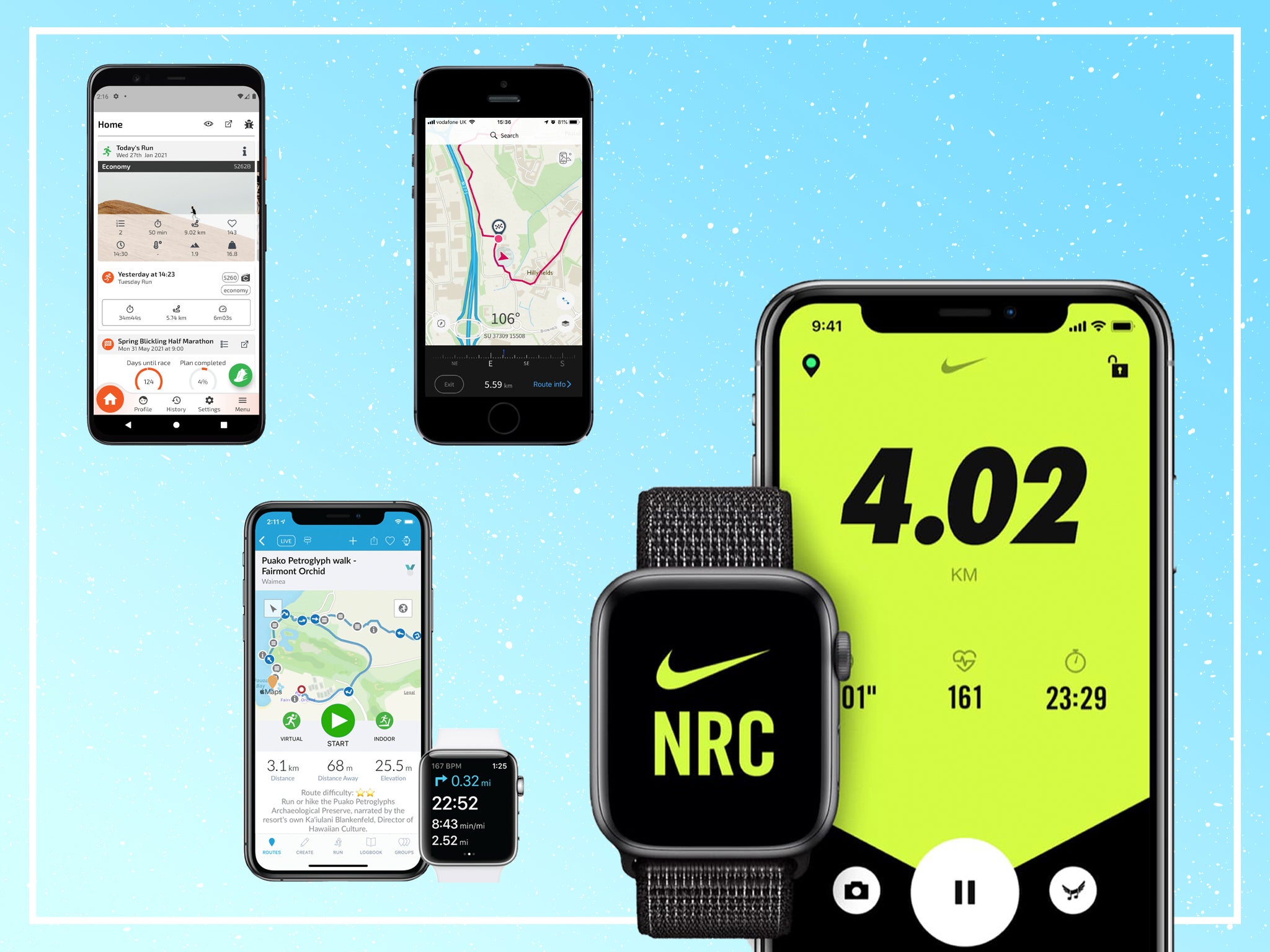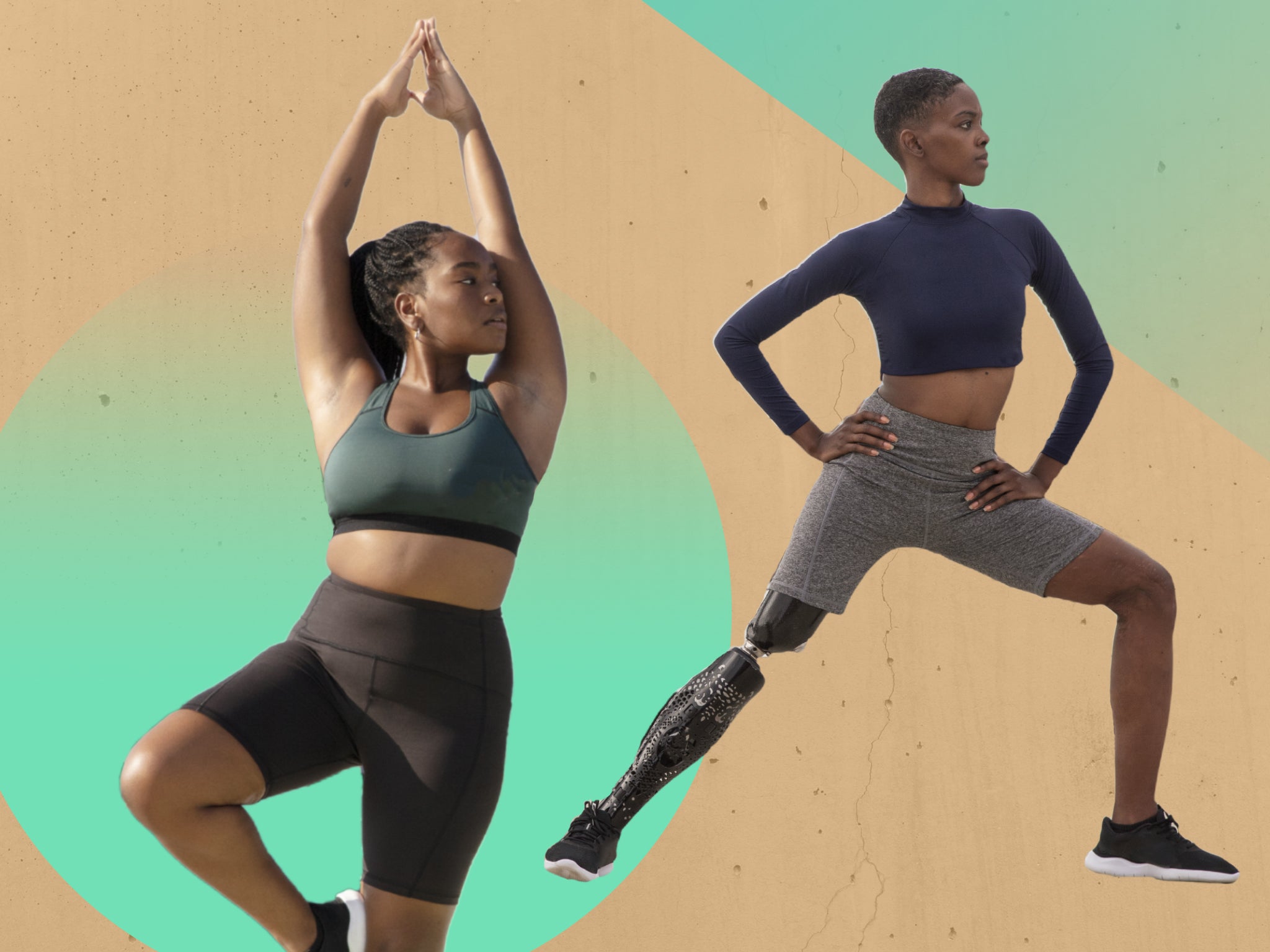Stay up to date with notifications from The Independent
Notifications can be managed in browser preferences.
The Independent's journalism is supported by our readers. When you purchase through links on our site, we may earn commission. Why trust us?
Adidas Ultraboost 21 running shoe review: Does its performance live up to its looks?
The latest iteration of the brand's popular runner has plenty of performance updates to put to the test

The ever popular Ultraboost is back with a 2021 iteration. First launched in 2015, this neutral shoe has gained a loyal following of runners (and fashionistas) who love its plush cushioning, bouncy energy return, snug upper and on-trend aesthetic. We tested it over several runs, mostly in the rain and one in the snow.
There are three performance updates – six per cent more Boost capsules; a redesigned linear energy push (LEP) and a more precise knit in the upper (more on all of these later).
Read more: 10 best running shoes for women: Choose the perfect trainers for you
If you care about what your runners look like, it’s a great looking shoe (smoother lines than the 20) that will be just as at home paired with some joggers for a trip to the coffee shop as with your running tights.
The aesthetic of the colourway featured here (cloud white/core black/solar yellow) is spot on – fresh, bold, bright without being too showy or over the top – although the white isn’t too forgiving on wet, dirty pavements. Read on for our review of the latest launch.
You can trust our independent reviews. We may earn commission from some of the retailers, but we never allow this to influence selections, which are formed from real-world testing and expert advice. This revenue helps to fund journalism across The Independent.
Adidas Ultraboost 21

First, the Boost – the midsole foam known as eTPU that provides a great cushioning and energy return. A mere six per cent more Boost capsules may sound marginal but when the existing technology was already so effective, a little extra packed into the new-look curved heel is a bonus. It gives the same combination of supreme comfort and bounce that fans of the Ultraboost have come to love. You can feel it even when you’re walking and we’d happily walk for miles in this shoe.
Next, the LEP. This is a “torsion system with stiffer, reinforced material in the midsole to provide runners with less flex in the forefoot and increased responsiveness” – and claims to add a 15 per cent increase in forefoot bending stiffness. You can feel this if you try to manually bend the shoe compared with last year’s model.
It certainly gives a springier ping off the forefoot while running, but still maintains a nice roll-through from heel to toe, aided by its slight rocker shape, and it has a sensitive ground feel under the forefoot for such a cushioned shoe. It has superb arch support that you can feel coming up to meet you on every step and the outsole grips well in the wet.
Read more: 11 best running shoes for men 2020 from New Balance, Nike and more
With a tongue-free, sock-like construction, the Primeknit+ upper clings snugly around the mid-foot, although the fit is very wide in the forefoot. While that allows for a nice spreading of the toes on landing, you might find yours wallowing a bit if you have narrow feet.
The lacing system runs through the plastic cage on either side of the upper – it locks the foot in tightly to a supportive heel counter and the shoe stays put beautifully throughout a run. Our only gripe is that the laces don’t flow easily through the cage, making them hard to loosen at the end of a run.
Read more: 10 best women’s running leggings that will help you go that extra mile
Half of the upper is textile and 75 per cent of that is made from Primeblue yarn, a recycled material made in part with Parley Ocean Plastic and no virgin polyester is used. Like the majority of trainer brands, adidas could do even more towards increasing sustainability and creating recyclable products, but it’s certainly a positive.
At 340g, the 21 is slightly heavier than its already heavy predecessor. Not by a lot but we’re surprised that the brand hasn’t tried to reduce its weight as it slightly detracts from the increase in responsiveness created by the LEP. It means that we’d use it for steady, shorter runs or recovery runs so that the plush cushioning can give weary legs a rest but it wouldn’t be our first choice for long distances or speedy training runs.
The verdict: Adidas Ultraboost 21
A shoe that draws a following with a price tag as steep as this is obviously doing something right, and existing Ultraboost wearers will be pleased with this new version – extra Boost, a more responsive toe-off and nicer aesthetic are all an improvement. The cushioning really comes into its own for runners who come down hard on their shoes (especially their heels) but the weight stops it being an all-rounder.
Keen to start running? Read our beginner guide to jogging outside while gyms are closed

